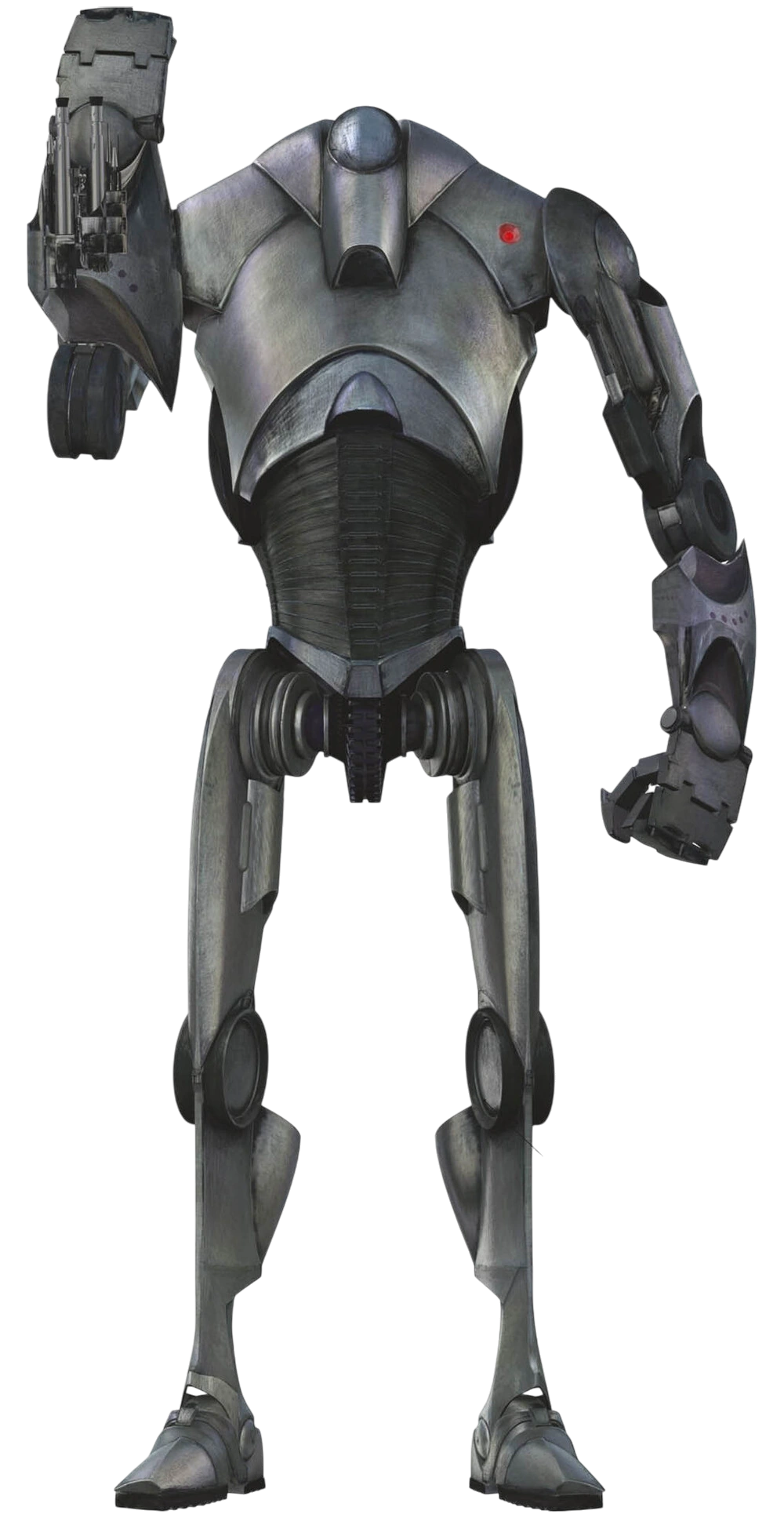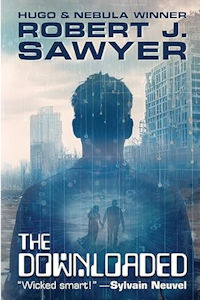“A Work of Art” was first published in Science Fiction Stories, July 1956 as “Art – Work.” You can read it on Archive.org. It is story #14 of 22 for The Best SF Stories of 1956 group read. Asimov and Greenberg picked “A Work of Art” for The Great SF Stories #18 (1956). It was widely reprinted. Its quality is inferred by the fact that I own “A Work of Art” in seven anthologies:
- Science Fiction Showcase (1959) edited by Mary Kornbluth
- The Worlds of Science Fiction (1963) edited by Robert P. Mills
- The Best of James Blish (1979)
- Science Fiction of the Fifties (1980) edited by Martin H. Greenberg and Joseph Olander
- The Great SF Stories #18 (1956) (1988)
- The Science Fiction Century (1997) edited by David G. Hartwell
- Masterpieces: The Best Science Fiction of the Century (2001) edited by Orson Scott Card
“A Work of Art” is James Blish’s third most cited story in our database after “Surface Tension” and “Common Time.” James Blish isn’t very well known today, but he had a fair reputation when I was growing up in the 1960s. Among writers who knew Blish, he was remembered for being a scholarly intellectual writer. Older science fiction fans know him for the novel A Case of Conscience and the series Cities in Flight.

I first encountered Blish with his paperback series that converted the original Star Trek episodes into short stories. That was fun reading when I was a teen watching the show back in the 1960s, but it gave me the wrong impression that Blish was a hack writer. It took me decades to throw off that prejudice. “A Work of Art” offers me new hope for Blish.
It’s funny how we start off in our adolescence following a few writers as our favorites, and then years or even decades later, we learn that we should have read more of their contemporaries. Heinlein, Asimov, and Clarke dominated my formative years of science fiction reading. Now in my fading years, I’m discovering the 1950s and 1960s had other interesting science fiction writers — ones I should have been reading.
“A Work of Art” is the first story by Blish that backs the reputation I’ve gotten from reading about Blish. I’ve read A Case of Conscience twice, but I never considered it great, just particularly good. And I never liked the Cities in Flight stories. I keep hoping to discover more by Blish that matches the reputation he has with other readers. I’ve bought Black Easter and The Day After Judgment but haven’t read them yet. I’ve read “A Work of Art” twice and feel it’s closer to Aldiss and Ballard, which makes me want to try harder at finding the better Blish stories.
My friend Mike has been emailing me his thoughts on the Best SF Short Stories of 1956 and I’ll quote his comments to describe “A Work of Art” because I think he’s done a better job than I would have of summing up the story.
In James Blish's "A Work of Art," the mind sculptor Dr. Barkun Kris has "...superimposed memories..." of Richard Strauss onto Jerom Bosch, who "...had no talent for music at all..."At first, "A Work of Art" seems little more than Blish's satirical take on modern music. For Strauss (Bosch), "Music was, he quickly began to suspect, a dying art, which would soon have a status not much above that held by flower arranging back in what he thought of as his own century." Composers "...openly used a slide-rule-like device called a Hit Machine..."
Strauss composes a new opera with the intention to "...strike out afresh..." and not depend on his "...old tricks..."
During the opera's premiere, Blish introduces an epiphany for Strauss, who realizes during the performance that there "...was nothing new about the music. It was the old Strauss all over again--but weaker, more diluted than ever."
Strauss's anguish is palpable: "Being brought to life again meant bringing to life as well all those deeply graven reflexes of his style."
"His eyes filled; his body was young, but he was an old man, an old man. Another thirty-five years of this? Never."
The audience is ecstatic about the result of the mind sculpture. But Jerom Bosch has a depth of understanding that Dr. Kris never suspects. Bosch knows that the Strauss that Kris created "...was as empty of genius as a hollow gourd. The joke would always be on the sculptor, who was incapable of hearing the hollowness of the music..."
Bosch's moment of epiphany adds depth and dimension to the story by creating a nuanced character who will soon be returned to his regular life even though he feels that "I am Richard Strauss until I die, and will never be Jerom Bosch, who was unable to carry even the simplest tune." We feel his grief when Kris "...turned to him to say the word that would plunge him back into oblivion..."
One reason I like “A Work of Art” is it deals with an alternative to mind downloading that I think might be vaguely possible. Mind downloading/uploading has been a popular theme in SF for several decades, but I’ve never thought it possible. However, I’ve wondered if we could create an AI personality based on all the works of a famous person. In “A Work of Art” Dr. Kris sculpts minds in living people. I guess it’s a kind of temporary brainwashing. I don’t think that’s possible, but it’s a good enough idea for the story.
“A Work of Art” gives Blish the opportunity to show off his knowledge of classical music, something I know next to nothing about, but always wished I did. And Blish gets to speculate about the nature of personality, both real, and copied. Richard Strauss’ artificial personality struggles to create a new opera but is faced with two problems. The first is he’s old and has done everything already, so he tends to repeat himself. But the second, and the revelation of the story, is because he’s a copy his creativity is limited by what’s known about him. It begs the question: Can creative work be used to be creative? That’s pertinent today regarding LLM AIs.
Now Mike focuses on something I missed, or something Mike has added to the story. He sees Bosch as being a participant in this mind sculpting artwork. I didn’t. I assumed Bosch had temporarily left the building, so to speak, while the Strauss personality occupies it. Mike evidently saw mind art as a blend of the two. Mike assumes Bosch had the final epiphany, while I think the Strauss personality had it before it was erased.
Even though I disagree with Mike’s take, I like the idea of Bosch being there all along too, being part of the art. I’ll need to read “A Work of Art” for a third time to see if I see clues for that. That’s the fun thing about exceptional stories, that they can be interpreted in diverse ways.
James Wallace Harris, 12/28/23







